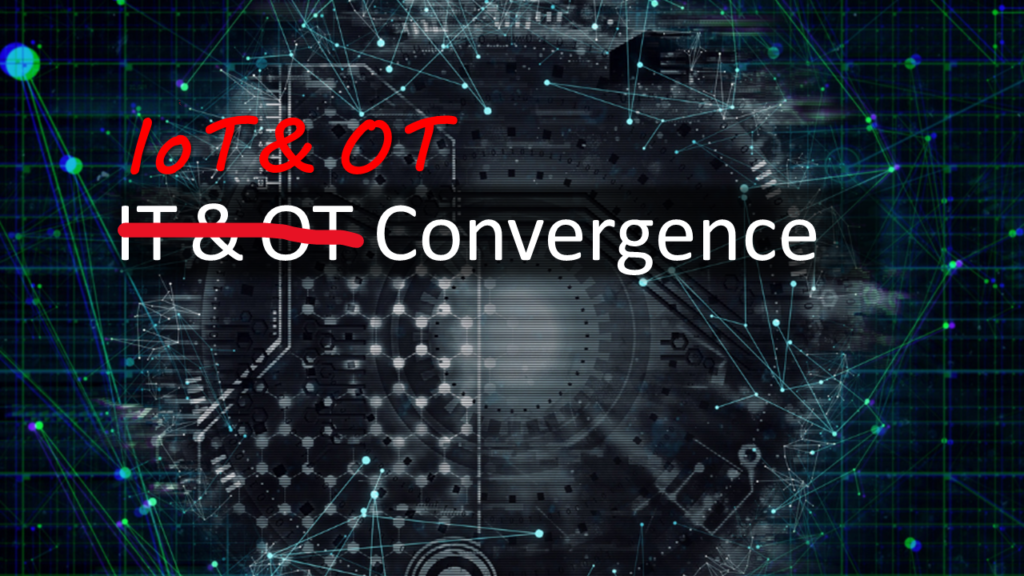
IT and OT convergence has been a topic for 20 years. With the introduction of new IoT technologies, the conversation really needs to change.
IT and OT convergence simply means bringing operational technologies from physical building systems and assets into the IT-connected world. The purpose of this convergence was to gain some sort of interoperability between systems. This is where it fell flat, in my opinion.
The smart building space has its fair share of operational technologies such as SCADA systems, DDC controls, PLCs, lighting controls, and fire/life safety just to name a few.
Each of these systems has always resided in its own technology silo within the building. As these technologies entered the IT world, those silos just extend into the cloud adding no interoperability between systems.
The emergence of IoT has introduced new technology silos as well, but IoT solution providers have realized that IoT solutions create the most value when integrated with OT technology. This is where the conversation shifts from IT/OT to one that looks more like IoT and OT convergence.
Let’s take a look at some examples of why this can be so valuable.
IoT leak detection has proven valuable in identifying water leaks before they cause damage. This still requires human intervention to address the leak. However, when converged with OT systems that control valves and or pumps, leak detection turns into leak mitigation.
The same can be said for other IoT solutions such as space utilization. Having occupancy data is useful over time, but if you can use that data to drive things like HVAC setpoints based on occupancy you can reduce energy costs by simple integration.
Indoor air quality is similar. Why just monitor and report when you can actually address the problem?
While all of this sounds promising, the devil is in the details. The biggest challenge with IoT and OT convergence is a lack of standards for the data that is collected. IEEE is working on 1451-99 which will be defining a “method for data sharing, interoperability, and security of messages over a network, where sensors, actuators, and other devices can interoperate, regardless of underlying communication technology.”
Just because we may end up with a new standard doesn’t mean we’ve solved the problem. ETSI is working on European standards for IoT and there are several other entities keen on solving the same problem. We’ll have around 4 competing standards soon, and there will always be someone that thinks they can do it better who will create a fifth.
My sights are on MQTT as a standard for IoT backhaul. It’s flexible, lightweight, and cloud friendly and can also be highly customized for specific applications. We’ll see what the standards shake out to be but for those already using a form of MQTT, I think you’re ahead of the curve.



